ANATOLIA VILLAGE & HISTORY 4 DAYS / 3 NIGHTS
DISCOVERY ANATOLIA VILLAGE & HISTORY..... MORE INFORMATION IN THE DESCRIPTION BELOW..
- Category: DAİLY EXCURSİONS & PACKAGES TOUR TURKEY
- Service Length: 45 Minutes
- Price:Free
Description
DAY 1 - ANTALYA – KURŞUNLU WATERFALL - SAGALASSSOS - ISPARTA
After early meeting , we set out and start the program with a trip to Kurşunlu Waterfall, which was turned into a park in 1986.
The waterfall flows from a height of 18 meters and is connected by small waterfalls and 7 small ponds.

After our visit, we set out in the direction of Ağlasun. After the lunch break we will give at Sagalassos, we arrive at Sagalassos Ancient City, known for its unique architecture.
Sagalassos, undoubtedly the most important of the Pisidia cities, makes a name for the first time in history when Alexander the Great wanted to annex the region to his own lands.
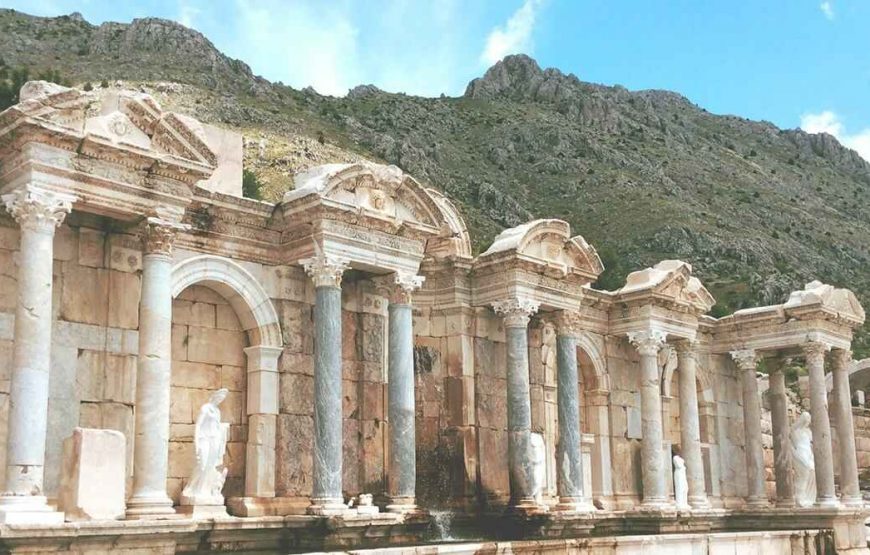
However, its history is much older than BC. It is based on 3000. With the capture of Alexander the Great in a bloody war, the city gets stronger in every aspect and is decorated with magnificent buildings.
After seeing the Theater, the Library, the Antonine Fountain and many other buildings, we settled in our hotel.
Our accommodation and dinner in Isparta
DAY 2 - ISPARTA - EĞİRDİR - YALVAÇ
After the breakfast we will have in our hotel in the morning, we leave Isparta and move to Eğirdir, which is full of peace with its magnificent view.
There are many lakes, national parks and nature conservation areas within the borders of Eğirdir District of Isparta. Turkey is the fourth largest freshwater lake, it has not yet spinning contamination.
The fact that it is surrounded by mountains makes it attractive. Eğirdir, the tourism gate of Isparta, is the paradise of alternative tourism with these features. Mountaineering, trekking, windsurfing, paragliding, camping are some of the tourism types.
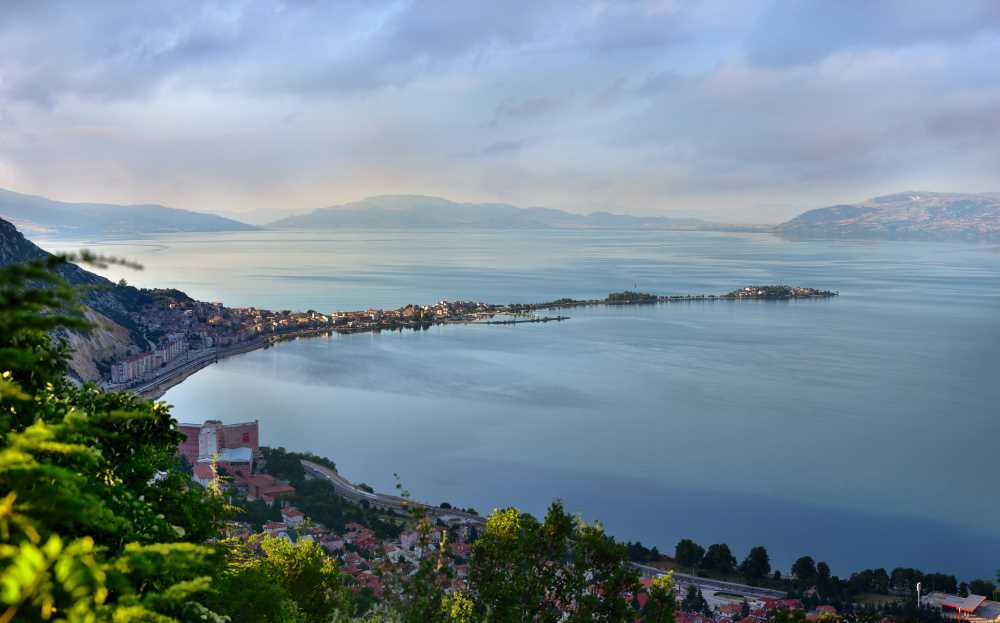
Egirdir was originally founded by the Hittites and was a regular stop on the King’s Way, between Ephesus and Babylon.
It was this position on the trade route, that made the city flourish. In 1200 BC Egirdir was taken by the Phrygians, then the Lydians, before being captured by the Perisans and conquered by Alexander the Great.
In Byzantine times the town was known as Akrotiri, meaning ‘Steep Mountain’. The Ottomans finally took control in the 14th century, but the population of the island of Yesilada remained mainly Greek, until the population Exchange in 1923.
We see Eğirdir Lake, Hızır Bey Mosque, Aya Stefanos (Yeşilada) Church, Eği̇rdi̇r Castle, Dündar Bey Madrasa.
We have a delicious lunch in Eğirdir, accompanied by a lake view. If it is suitable for season, we will taste the Sea Bass.
Eğirdir Lake
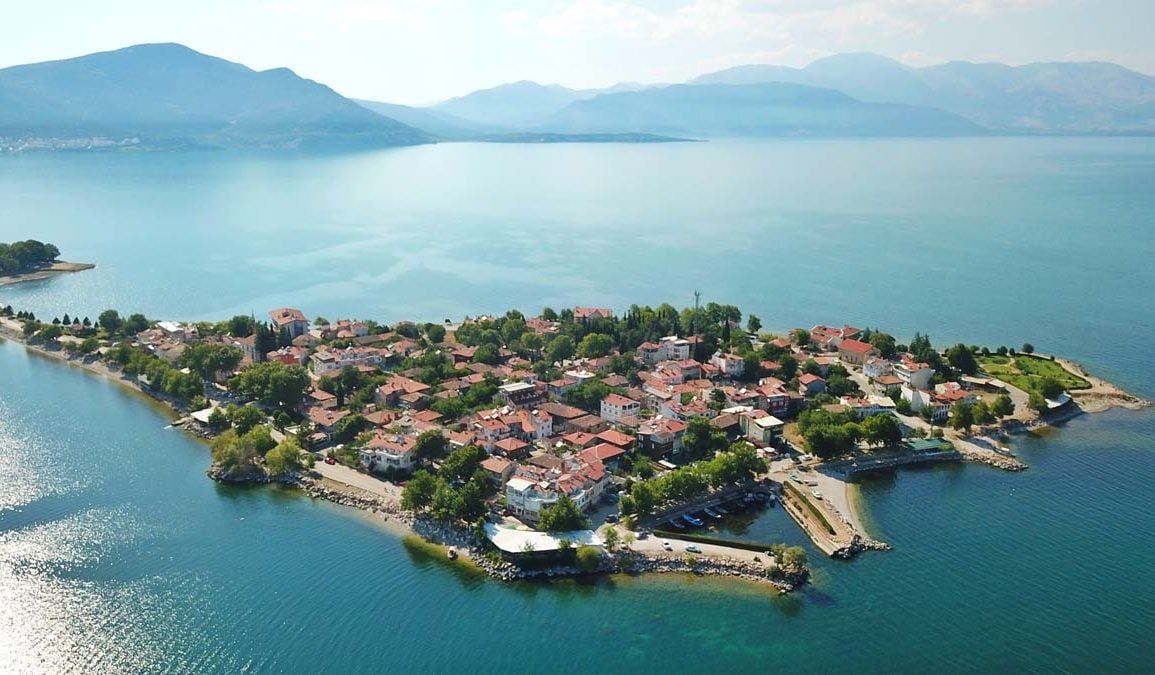
Hızır Bey Mosque
The construction date of Hızır Bey Mosque, also known as Ulu Mosque, is unknown. However, it is thought that Hızırbey (D. 1328) built the walls with masonry and earth roofs. On the roof of the mosque, where 3000 people can pray at the same time, a part of the roof was left open to throw the snow accumulated in winter and a snow well was built inside the mosque. The mosque was burned in the fire in 1814 Eğirdir.
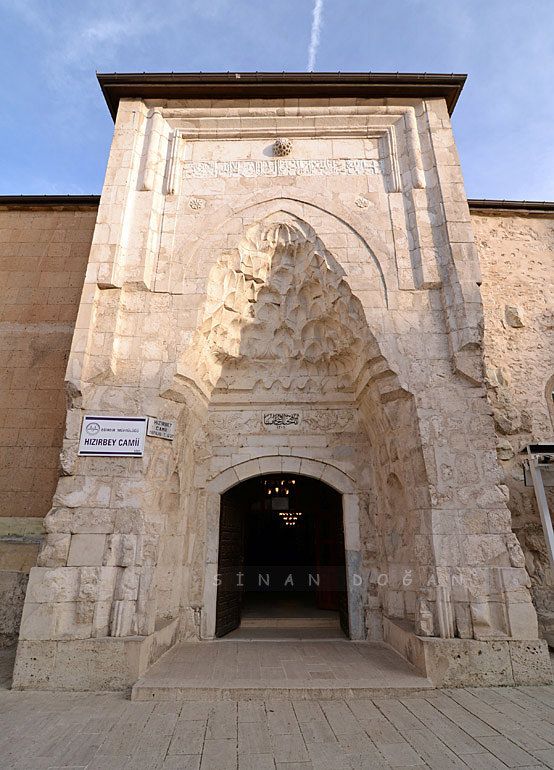
It was rebuilt by Eğirdir trustee and guardian, Yılanlıoğlu Şen Ali Ağa, in accordance with its old style, with the aid collected from the public. In 1883, under the leadership of Hacı Murat Ağa, its roof was covered with tiles. The minaret of the mosque was built on the gate of the fortress wall that forms the common wall of Dündar Bey Madrasa and Hızırbey Mosque.
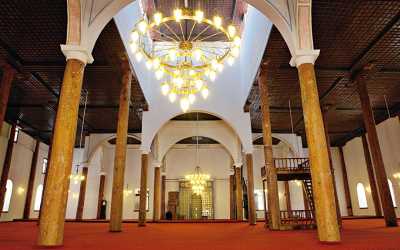
Aya Stefanos Church (Green Island)
It is located in the Egirdir Yesilada district. The church, extending in an east-west direction, has a rectangular plan, three naves and an apse. XIX. It was built in the second half of the century. The side walls are built of rubble.
The roof is gabled and the interior is plastered with mortar. The roof, which rests on wooden posts with a plastered exterior, is covered with Turkish-style tiles. There is a projecting semicircular apse on the east wall of the building. The apse is illuminated with a window at the bottom, two windows at the second floor level and a round window at the top.
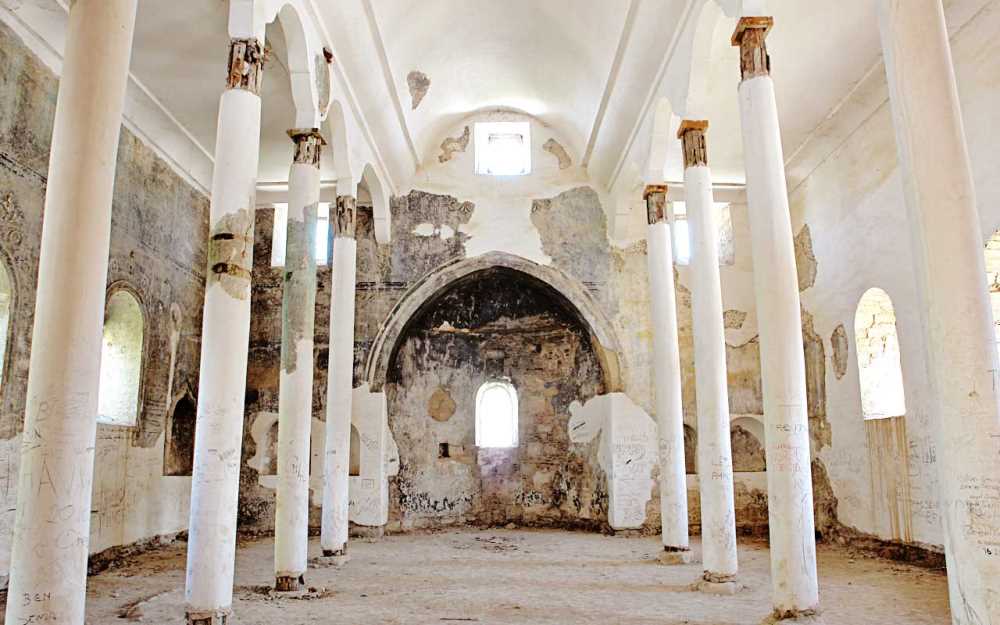
The window sills are surrounded by blocks of white marble. Gypsum ornaments were poured inside. The church was included in the scope of restoration as part of the Lake District research project, then the roof cladding was renewed, the exterior walls were made and the interior parts were made of wood.
Egirdir Castle
Eğirdir Castle is located on the peninsula extending to Eğirdir Lake. There are residences on the city walls extending along the peninsula in the north-south direction. Consisting of inner and outer castles, Eğirdir Castle's construction date is not known exactly. Its remains today are from the Byzantine period.
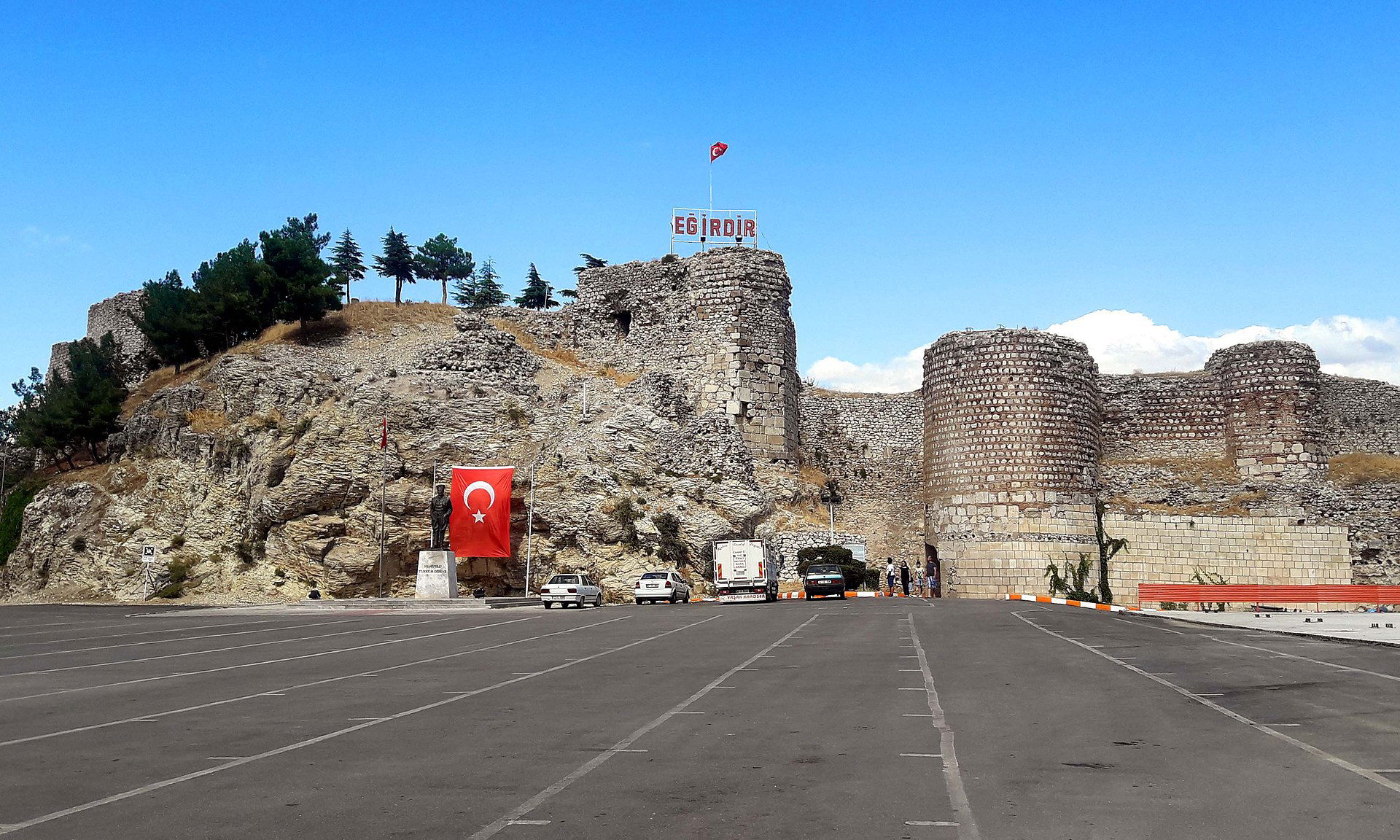
The fortress walls, which were repaired at various times, were built as a row of bricks and stones. The outer cover is inside the rubble fill. It was damaged during Timur's invasion of Eğirdir and was repaired during the Hamidoğulları and Ottoman periods.
The inscription of the castle is as follows:
“Allah-u mufettihü-l ebvab / Âmmere hazihi-l imareti-l mubarak-u bi emri-l emiri-l âzam-ı Felekü-d world veddin-i / E'âzzallah-u ensareh-u fi Senet-i seb'a ve sabla miete 707
(The conqueror of all gates is Allah-u Dhu'l-Jalal. The blessed imaret was repaired by the order of the angel of religion and the world, the emir-i azam of the religion. M.1307).
Dundarbey Madrasa
The madrasa was built in 1237 by the Seljuk Sultan II. It was built as an inn during the time of Gıyaseddin Keyhüsrev, and later turned into a madrasa by Hamidoğlu Dündar Bey in 1301. The madrasa has two floors and 30 cells.
It has gained fame with the extraordinary decoration of its large outer door and its superior architectural value. When entering through the outer door, after the small entrance, a second door is passed and the courtyard with a fountain in the middle is entered.
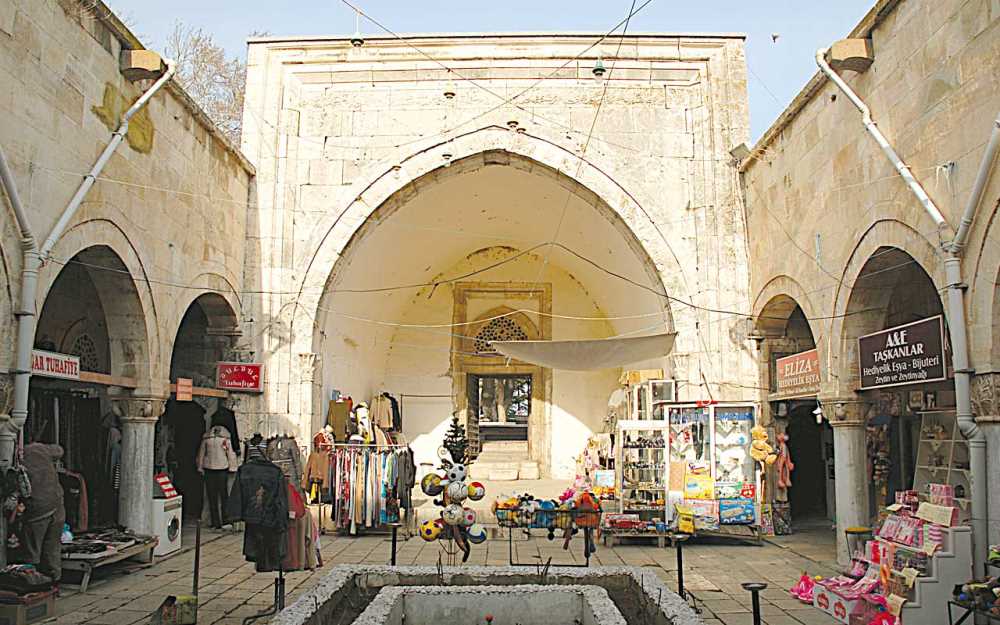
The second floor is reached by a 12-step staircase. The madrasa has 11 rooms, 6 of them are to the right of the courtyard and 5 to the left. Its inscriptions are dug around the big door with the Seljuk thuluth.
Arrival in Yalvaç, take a short stroll in the city and a break at Çınaraltı place gathering several cafes around a tree of several hundred years old
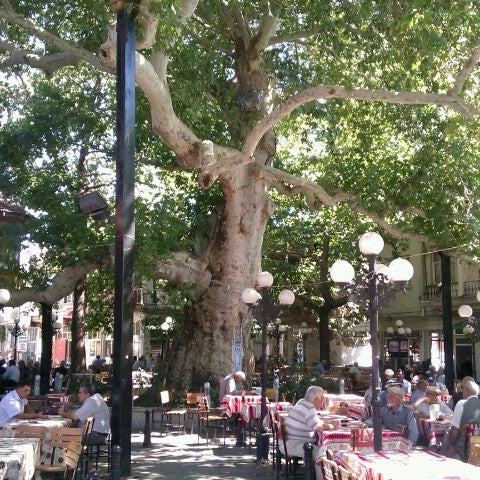
Our accommodation and dinner in Yalvaç
DAY 3 - YALVAÇ
Being the center of Faith Tourism, Yalvaç reflects the cultural wealth of Anatolia with its whole beauty. Founded by the Alexander the Great's General Seleukos, Yalvaç hosts to the very first and the biggest town of Pisidia; Antiocheia.
Yalvaç, the ancient city of Antiocheia, is an important place for Anatolian Faith Tourism and consequently on the world map.The ancient city, Antiocheia, played an important role in the birth of Christianity and its spread throughout Anatolia and the world.
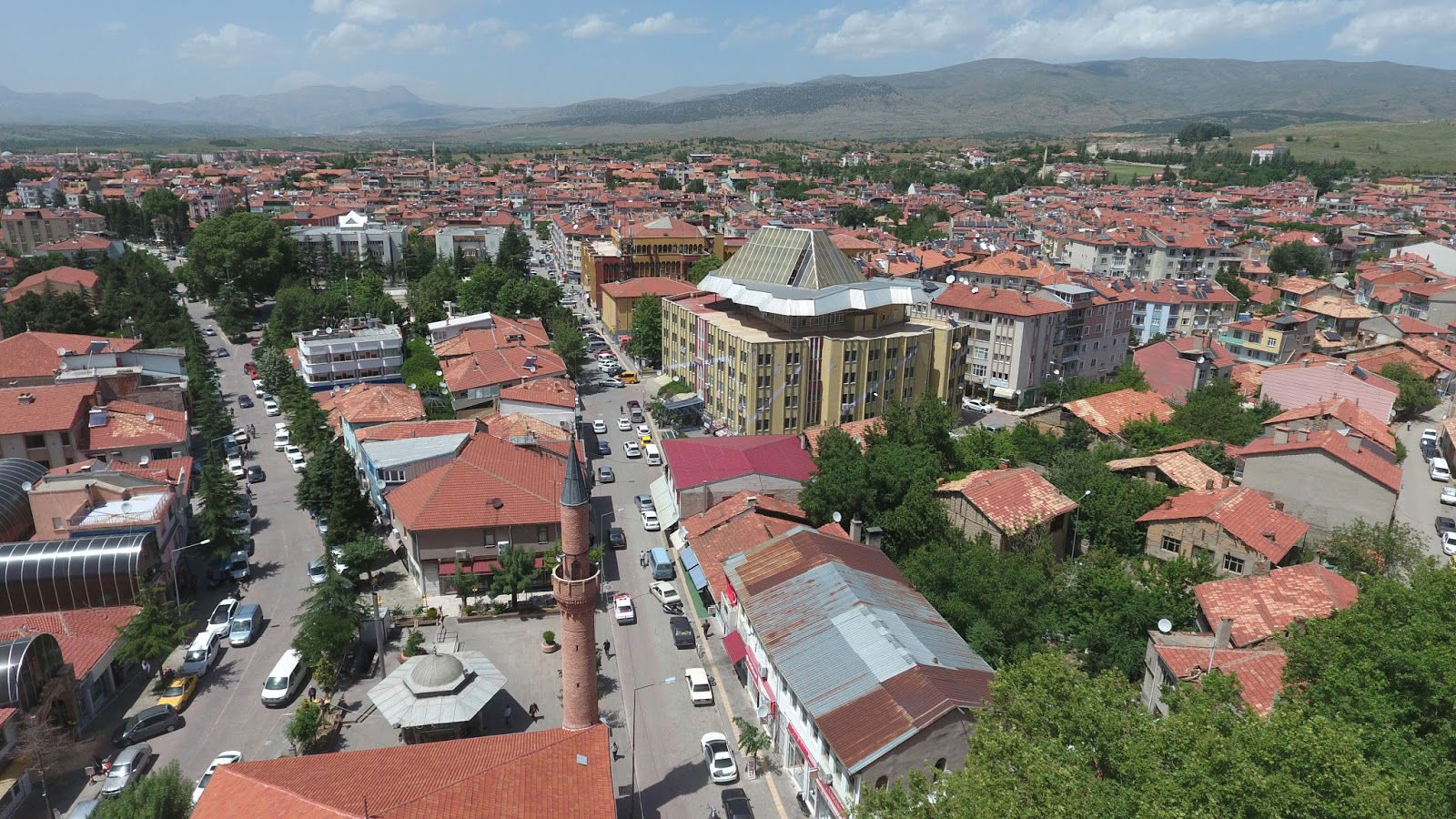
In the morning free time to enjoy the bazaar market of Yalvaç (Only Mondays) :
One of the largest in the region where you can find decorative objects, textiles, fruits, vegetables and more ...
If you have the opportunity to get up early you will be able to watch the merchants just after sunrise make a collective prayer for a fruitful day and lots of sales.
*** the bazaar market of Yalvaç *** - (Only Mondays)
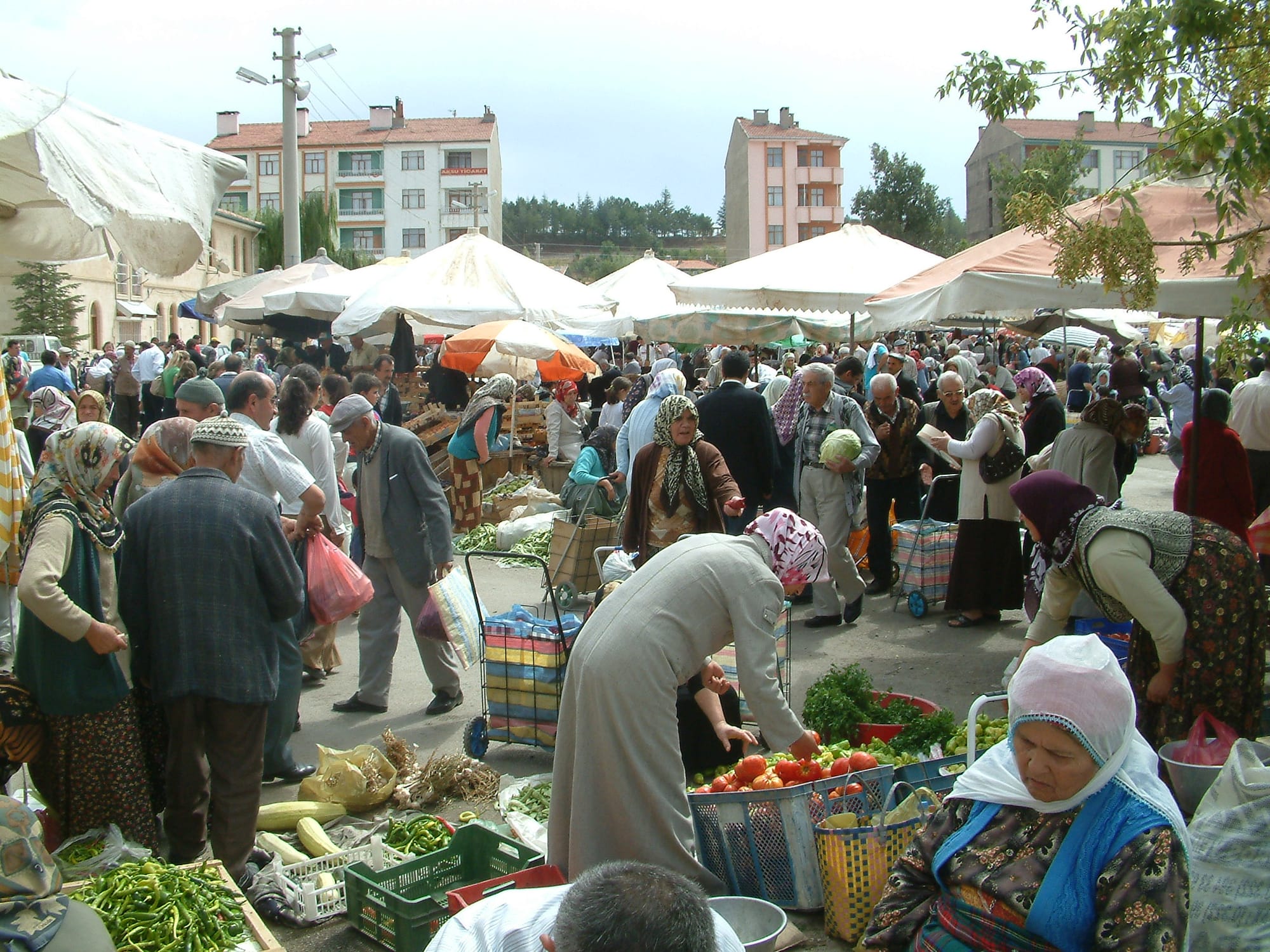
What to Buy
One of the things which should be at the top of your shopping list are items made from the home-made felt, which is still used as carpet in the houses of Yalvaç and made using traditional methods.Other souvenir items include rose oil, leather crafts
After lunch we meet to continue our wonderful tours:
Devlethan Mosque
The Turkish-Islamic period works in Yalvaç are as follows; Yalvaç Devlethan Mosque is located in the center of the district, the exact construction date and architect of the mosque are unknown.
However, there are opinions that the mosque was built on behalf of the middle son of the Anatolian Seljuk Sultan Mesud I, or by Devlet Hatun, the sister of one of the Seljuk rulers.
The mosque is in the center of Yalvaç.
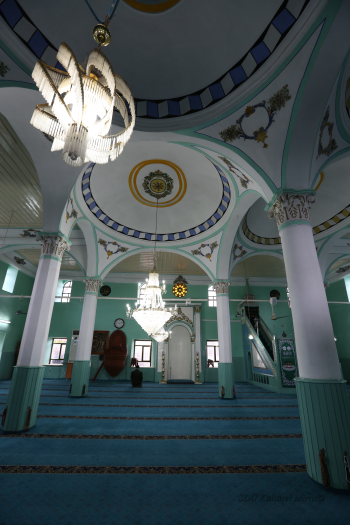
The mosque, which is made of spolia, has the feature of a facade of the principalities, and is a structure covered with a hipped roof, divided into four areas with three rows of columns thrown transversely.
The only minaret of the mosque is located in the northeast corner of the building. Its altar and pulpit are plain. The mosque underwent repairs at various times, so 15-16. It is observed that this building, which belongs to the century, is today separated from its original.
Yalvaç Museum
With more than its share of history, the town of Yalvaç has a beautiful museum in which the artifacts recovered from excavations in the area are displayed.
The archeological and ethnographical items here date back to the pre-historic era.
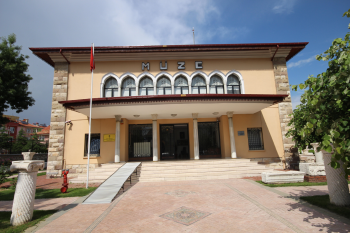
Since 2018, it has the distinction of being the largest museum in the region in terms of number of works, variety and number of visitors.
The artefacts of the museum, the prehistory room, the room of classical works, the ethnography room and the church. There are four exhibition halls, including the St. Paul Hall.
In the Prehistoric Room, Upper Miocene (Turolian) fossils, Bronze Age terracotta vases, mother goddess figurines and idols found in the town of Tokmacık in Yalvaç, Güztepe region are exposed. In the room of classical works, one can see various forms of terracotta vases belonging to the classical period, marble statues, portraits of the Roman imperial period, objects found in the men's sanctuary near the ancient city by Pisidia Antiokheia.
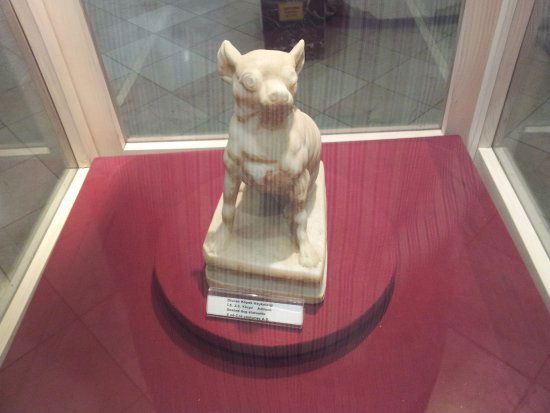
Apart from this, parts of the Latin text called Res Gestae Divi Augusti, which represents the works of the first Roman Emperor Augustus during his lifetime, and parts of the same text written in Greek in Uluborlu (Apollonia) are on display. In the Ethnography Room, one can see a rich collection that reflects the cultures of the Turks who settled in Yalvaç in the 12th century. St. In the Paul Hall there are various works belonging to the Christian period in the area and baptismal pools belonging to the Byzantine period.
The Ancient City of Antiocheia
Antiocheia is was founded about 1 km north of Yalvaç in the province of Isparta on a fertile area lying along the southern slopes of the Sultan Mountains. It was the capital city of the Pisidia and a Seleucid colony like Apollonia. It was built between 281-261 BC by Seleucus's son Antiocheia and named "Antiocheia" in his honor.
In 25 BC with the selection of Pisidia as the site of Rome's first and biggest military colony, the city was rebuilt by emperor Augustus. Augustus brought 3000 soldiers from Rome and settled them here in Antiocheia. The city was given the name "Seven boroughs" and in Latin texts it is referred to as "Res Gestae." For this reason the ancient Roman city and Antiocheia are sister cities with an important place in history.
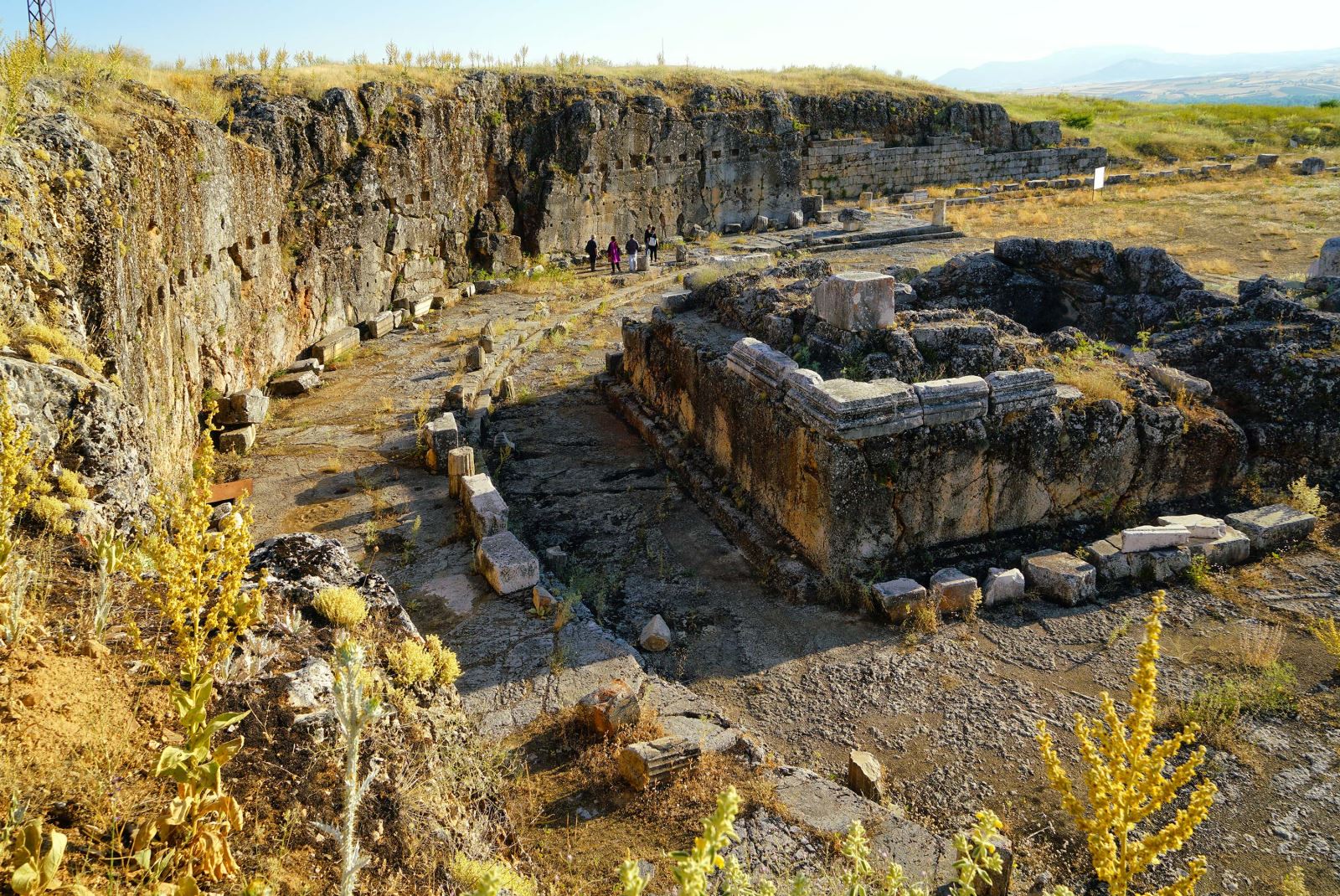
At this time, there were inscriptions in Antiocheia of two Lefro (V-VII). In the Roman era, the city had, according to inscriptions, a population of over 100,000 people. The official language was Latin but the population at large spoke Greek. In the early part of Emperor Period of Rome the city was rebuilt according to a ordered city plan and many buildings both religious and civil were constructed.
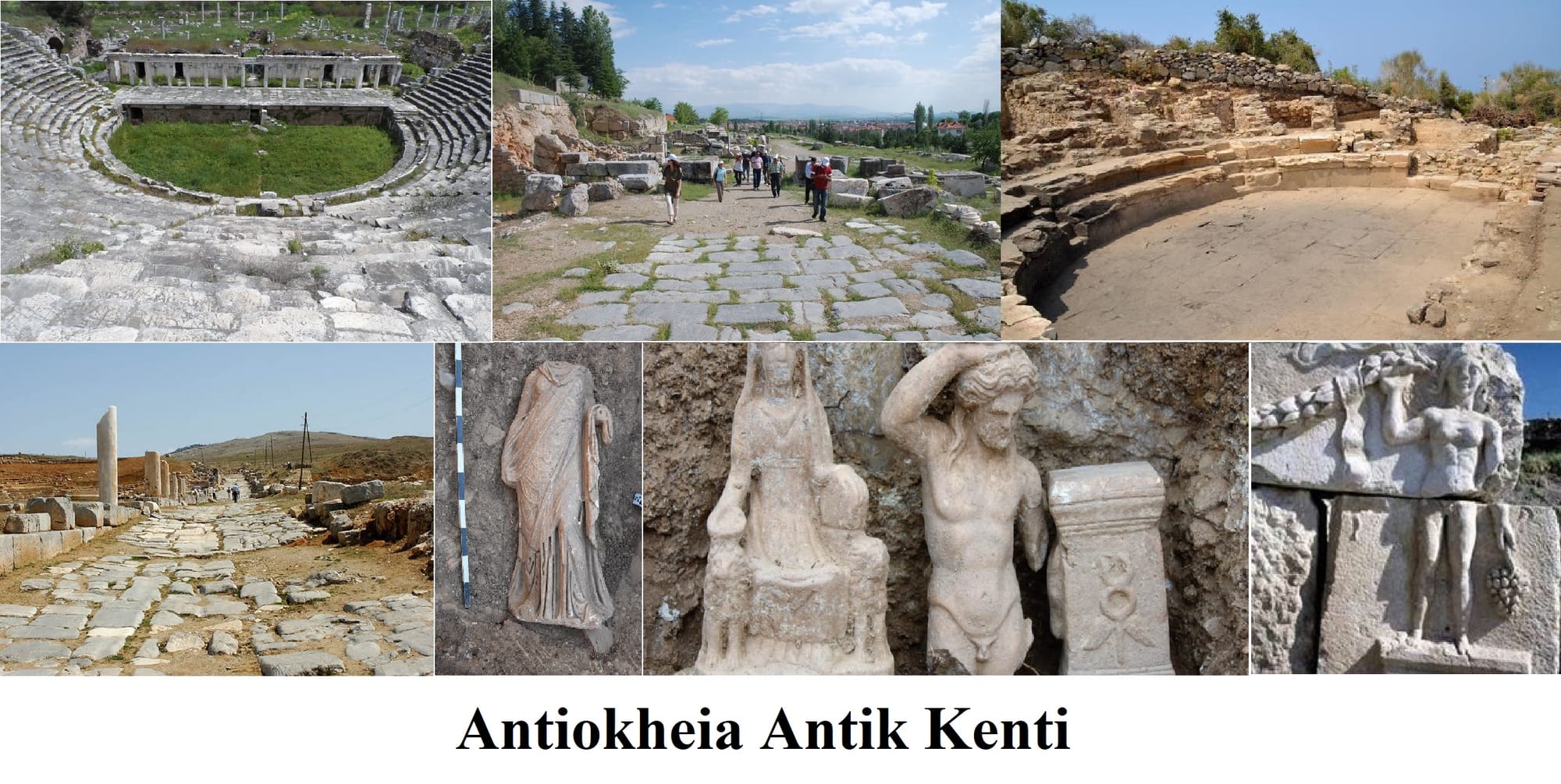
St. Paul Church
It is the first and biggest church of Antiokheia and is next to the city wall, approximately 200 m southern of the Roman Bath.
As known, St. Paul has given its first sermon with Barnabas in the Synagogue located under this church in order to spread Christianity.
The church, which is devoted to St. Paul for this reason, is of great importance. On the other hand, we see the first church built on the synagogue, where St. Paul has given a sermon in order to spread the new religion, only in Antiokheia in Anatolia.
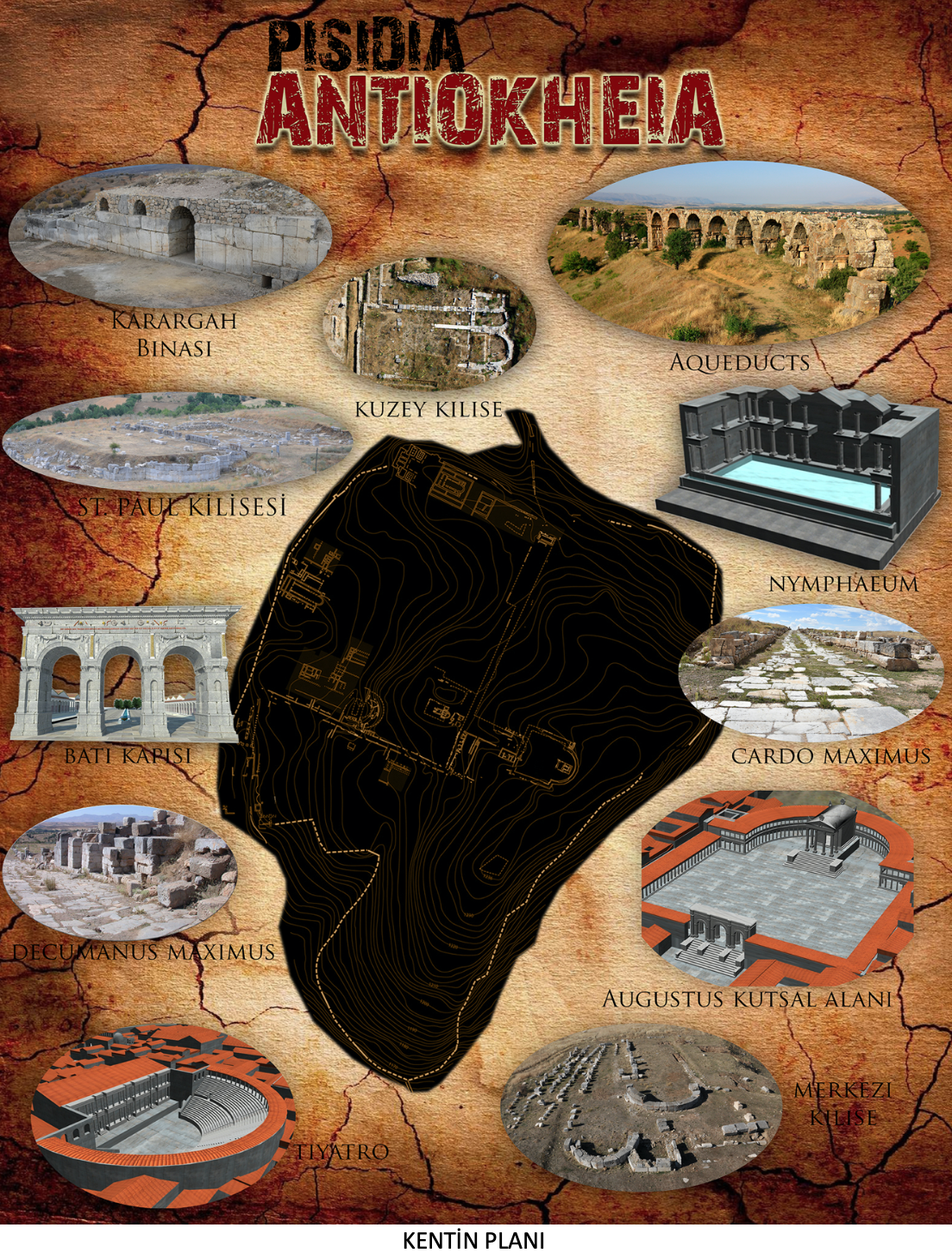
Our accommodation and dinner in Yalvaç
DAY 4 - ÖZBAYAT VILLAGE - YÖRÜK TENT - KOVADA LAKE & PARK - KARACAÖREN - ANTALYA
After breakfast at the hotel, we start our last day of sightseeing and return to Antalya
Özbayat village
We start with this small village where we can walk in the alleys, meet the locals, drink tea in the village square and visit a very natural house ...
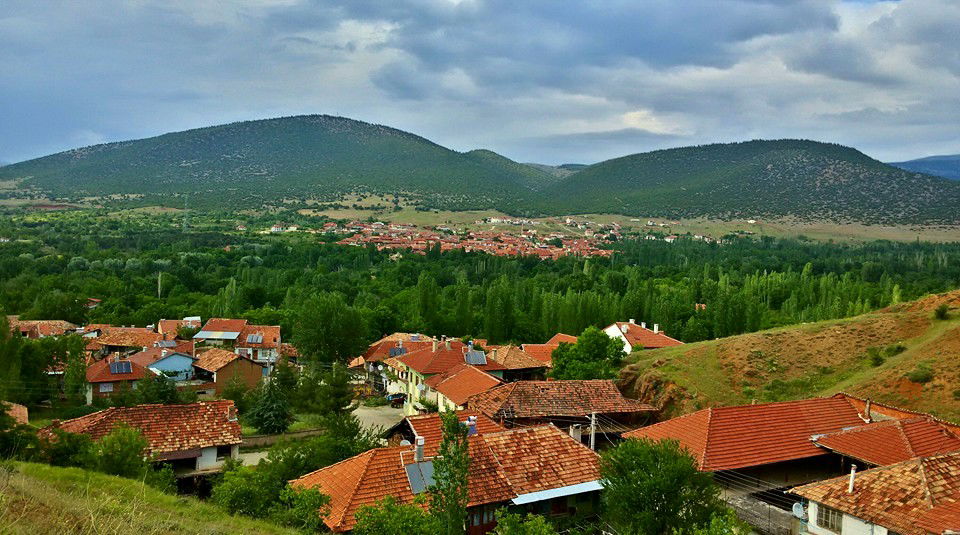
In September & October we will be able to walk through grape fields
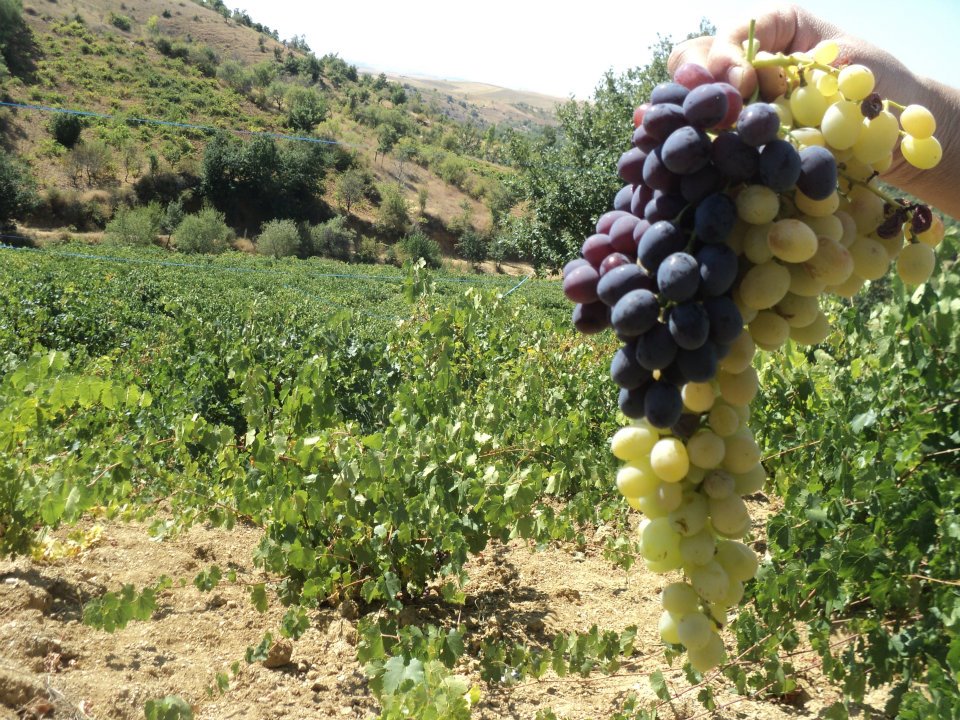
Possibility to have breakfast in this village (On request) with local and traditional products such as böreks
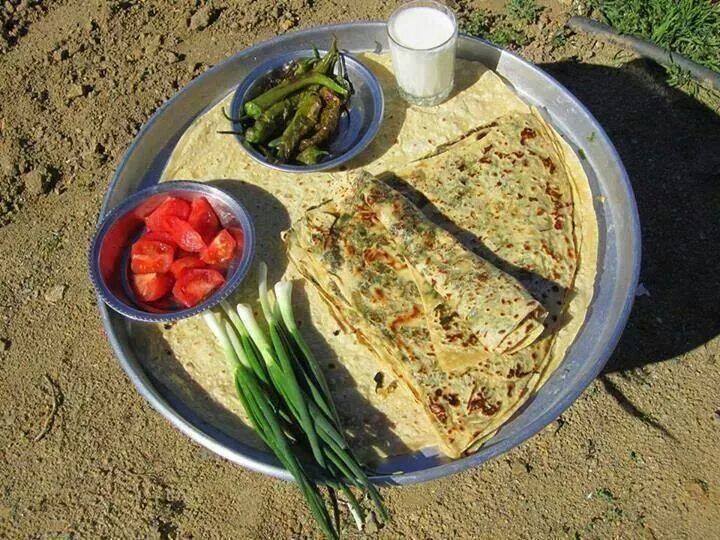
On the way back to Antalya ... We will stop in Eğirdir for lunch accompanied by the wonderful lake view.
TRADITIONAL YÖRÜK TENT
The Yörük (literally means "those who walk") or Yeuruks live in the Taurus Mountains, in southern Anatolia and partly in the Balkan Peninsula.
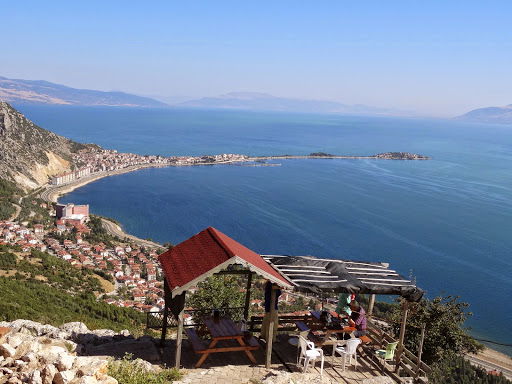
Turkish-speaking people with whom they share a common culture and history, they present themselves of pure Turkish origin, since they would be heirs of the ancient Seljuk warriors who came to Turkey in the 10th century.
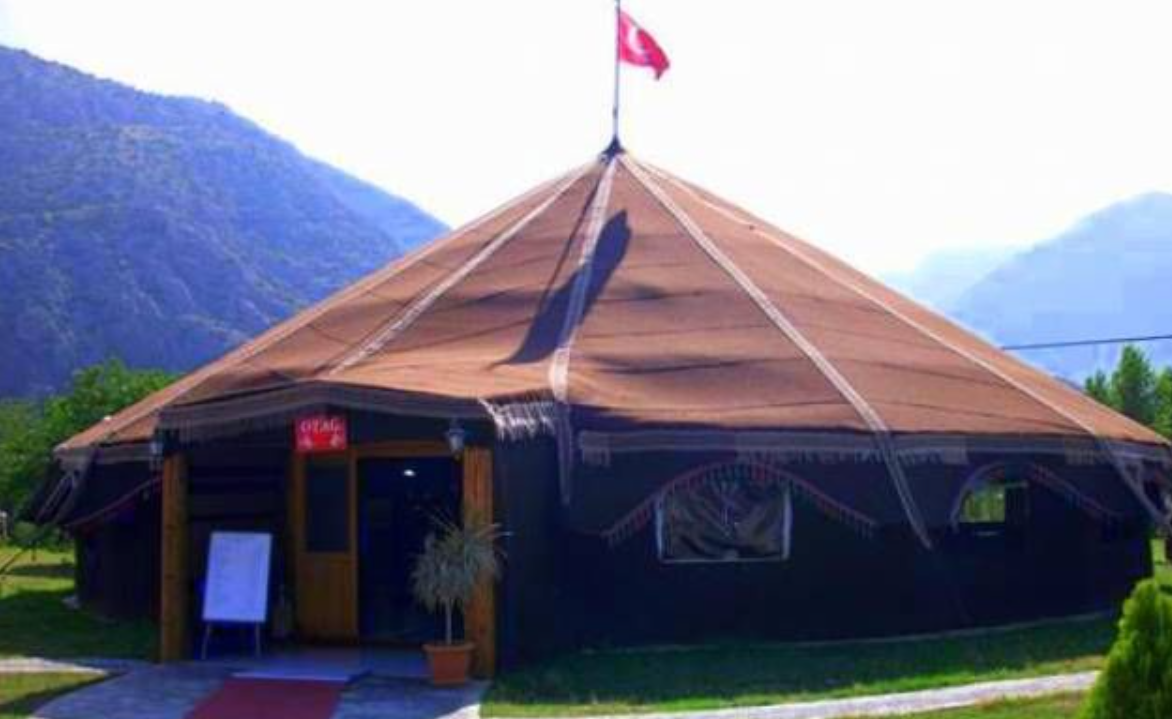
After lunch Kovada National Park
Kovada Lake and its surroundings have been declared as a national park in 1970 and taken under protection. The national park covers of 6551 hectares area.
The lake is a geologically karstic area, known for its turquoise blue waters as it is in Egirdir Lake and Beysehir Lake.
Red pine, endemic Kasnak oak and plane trees, are the main tree species of the Kovada Lake National Park.
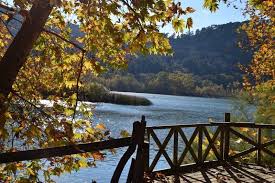
The national park is rich in herbaceous plants, also has aquatic fauna species of carp and lobster. Wild animals such as fox, marten, wild boar, rabbit, squirrel, hedgehog and songbirds live in the national park.
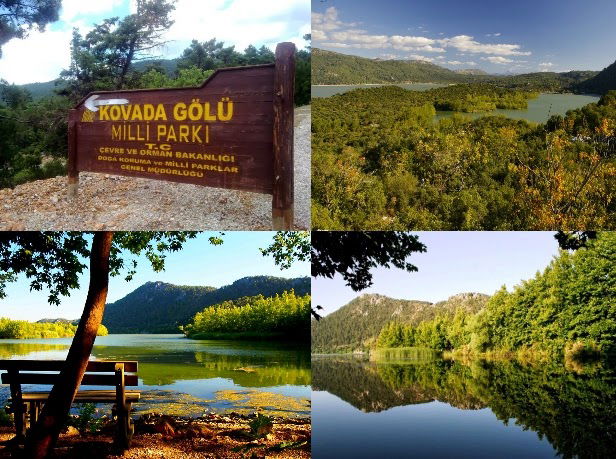
Kovada Lake National Park, which the local people use for recreation, draws attention in terms of landscape values. There is no accommodation available. The area is popular for trekking, climbing, camping and caravanning.
Before arriving in Antalya our last stop will be Karacaören for the evening meal
Karacaören
Karacaören Dam in Bucak district of Burdur attracts the attention of nature lovers with its unique nature where green and blue meet and its peaceful lake view.
Drawing attention with this aspect, Karacaören Dam and its basin became the address of nature lovers. The dam lake attracting attention with its lake view and silence followed by the sounds of birds
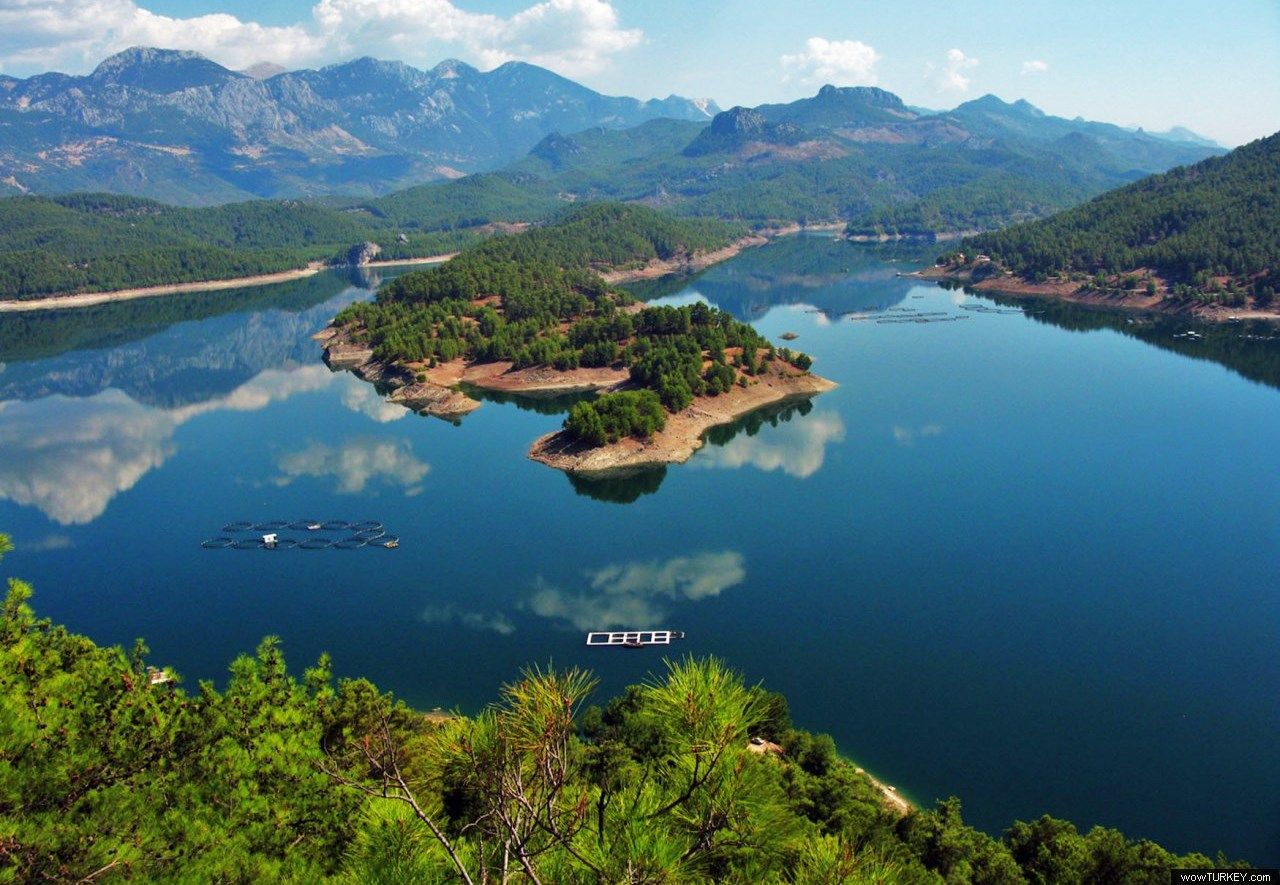
PRICE INCLUDES:
*Hotel pick up-drop off
*Hotel with half board (Only breakfast at the hotel is included )
*Guidance
*Entrance fees
OPTIONAL EXTRAS:
All meals and drinks are not included.Only breakfast at the hotel is included
Important information
Please note that all times are approximate and subject to change.
Note: The Guide may make corrections and adaptations in the course of the tour program according to the conditions and situations of the planned places of visits
Are you looking for a different Turkey tour?
Please check our other Turkey Tours for inspiration or send us an E-MAIL with details of your dream Turkey trip such as your ages, hotel preferences, personal interests and travel type.
We will get back to you with a suitable itinerary.
We are looking forward to hearing from you.
At your request, we can take care of all the procedures relating to reservations (hotel, car, etc.), transfers (airport-hotel) and other additional services depending on the type of stay chosen.
For more information or reservation please contact us by mail or WhatsAap


